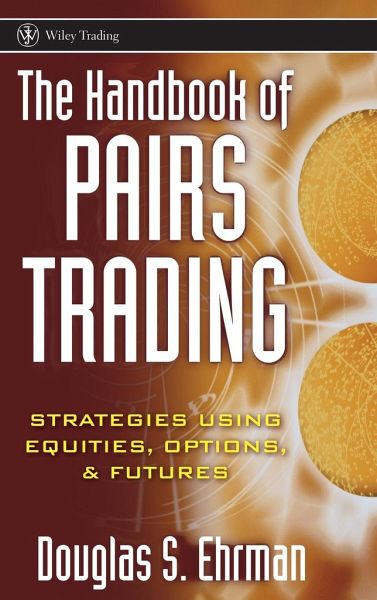Description
Since the first known electricity experiments more than 25 centuries ago by Thales of Miletus, who believed that there should be better ways than mythology to explain physical phenomena, humankind has worked hard to understand and use electricity in many beneficial ways.The last three centuries have seen rapid developments in understanding electricity and related concepts, leading to constantly accelerating technology advancements in the last several decades. Today, most of us simply cannot live without electricity, and it is almost ubiquitous in daily life.We are so attached to and dependent on electricity that there are even post-apocalyptic fiction movies and film series based on sudden electrical power blackouts. And they are terrifying.Electricity is one of a few subjects with which we have a strange relationship. The more we use it, less we know about it. Electrical and electronic devices, where electricity is somehow used to produce beneficial outputs, are a closed book tomost of us, until we open them (not a suggested activity!) and see that they contain incredibly small but highly intelligent parts. These parts, some of which once had huge dimensions and even filled entire rooms, are now so tiny that we are able to place literally billions of them (at the time of writing) in a smartphone microprocessor. One billion is a huge number; at a rate of one a second, it takes 31 years to count. And we are able to put these uncountable (OK, countable, but not feasibly so) numbers of components together and make them work in harmony for our enjoyment. Yet most of us know little about how they actually work.
The topic of circuit analysis has naturally developed in parallel with electrical circuits and devices starting from centuries ago. To provide some intuition, Ohm’s law has been known since 1827, while Kirchhoff’s laws were described in 1845. Nodal and mesh analysis methods have been developed and used for systematically applying Kirchhoff’s laws. Phasor notation is borrowed from mathematics to deal with time-harmonic circuits. These fundamental laws have not changed, and they will most probably remain the same in the coming years. In general, basic laws describe everything when they are wisely used. Hence, more and more sophisticated circuits in future technologies will also benefit from them, independent of their complexity.
Content:-
Important Units
Conventions with Examples
Preface
About the CompanionWebsite
1. Introduction
2. Basic Tools: Kirchhoff’s Laws
3. Analysis of Resistive Networks: Nodal Analysis
4. Analysis of Resistive Networks: Mesh Analysis
5. Black-Box Concept
6. Transient Analysis
7. Steady-State Analysis of Time-Harmonic Circuits
8. Selected Components of Modern Circuits
9. Practical Technologies in Modern Circuits
10. Next Steps
11. Photographs of Some Circuit Elements
A. Appendix
B. Solutions to Exercises
Index
Author Details
"Özgür Ergül"
Middle East Technical University, Ankara, Turkey
You May Also Like These E-Books:-






No comments:
Post a Comment